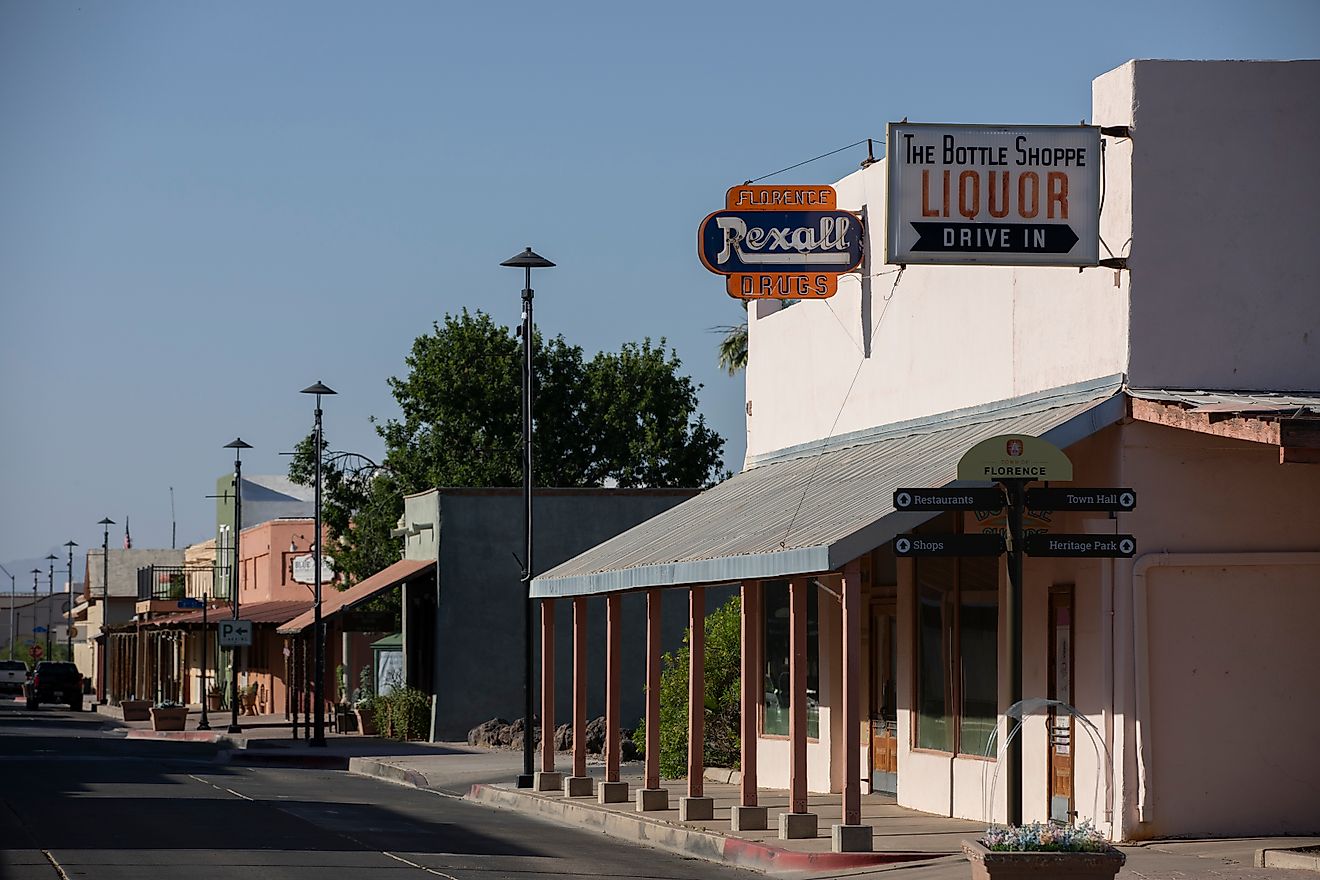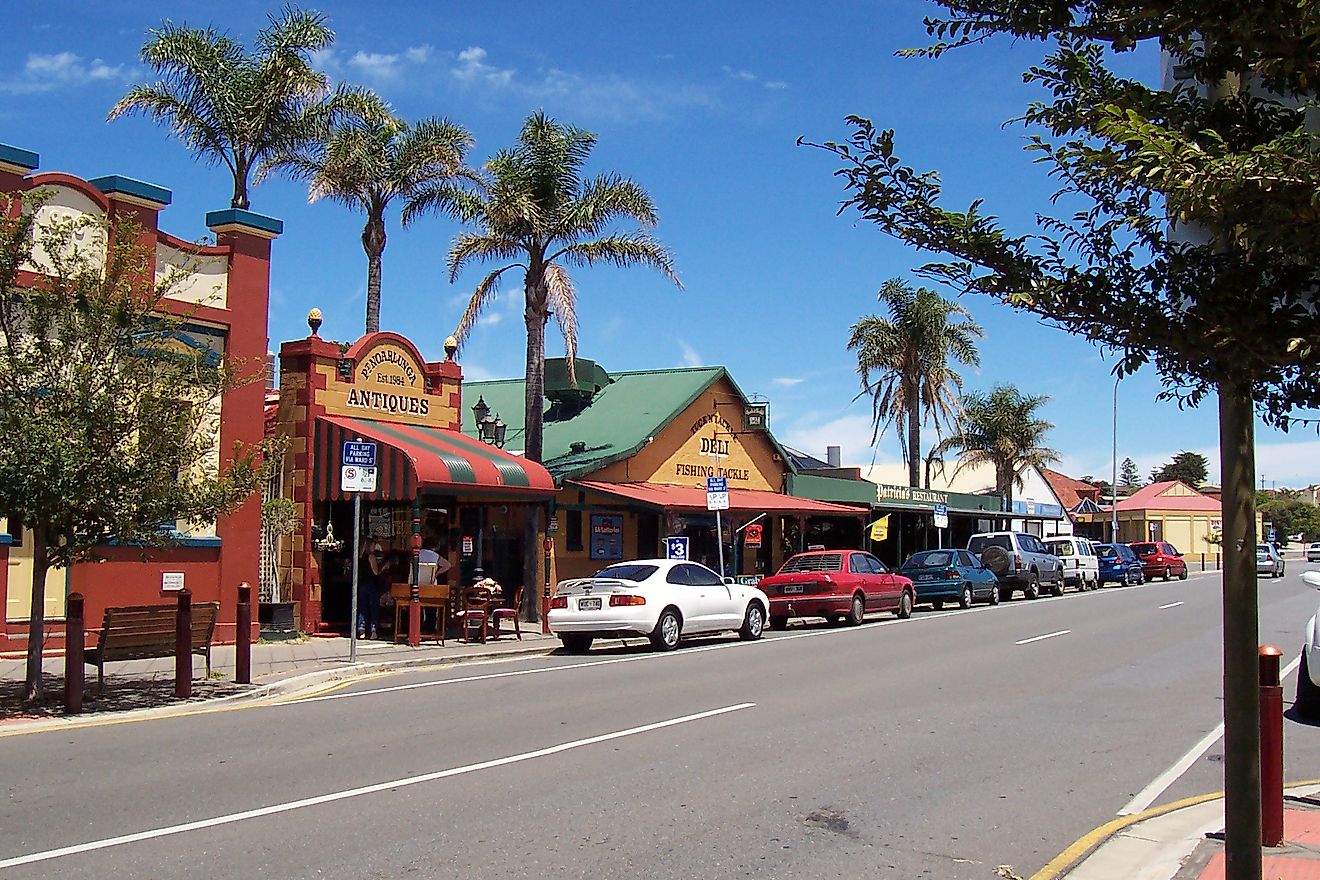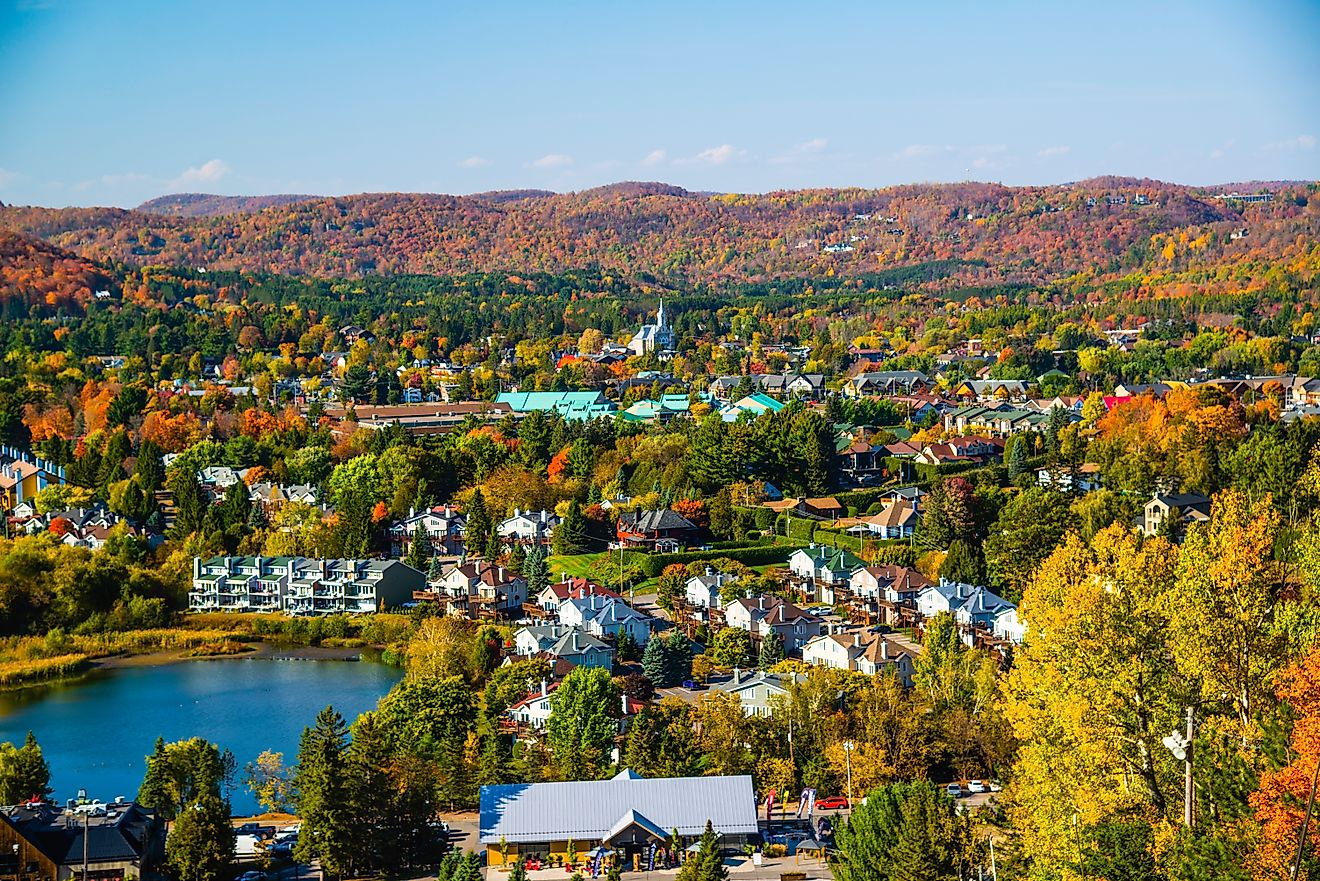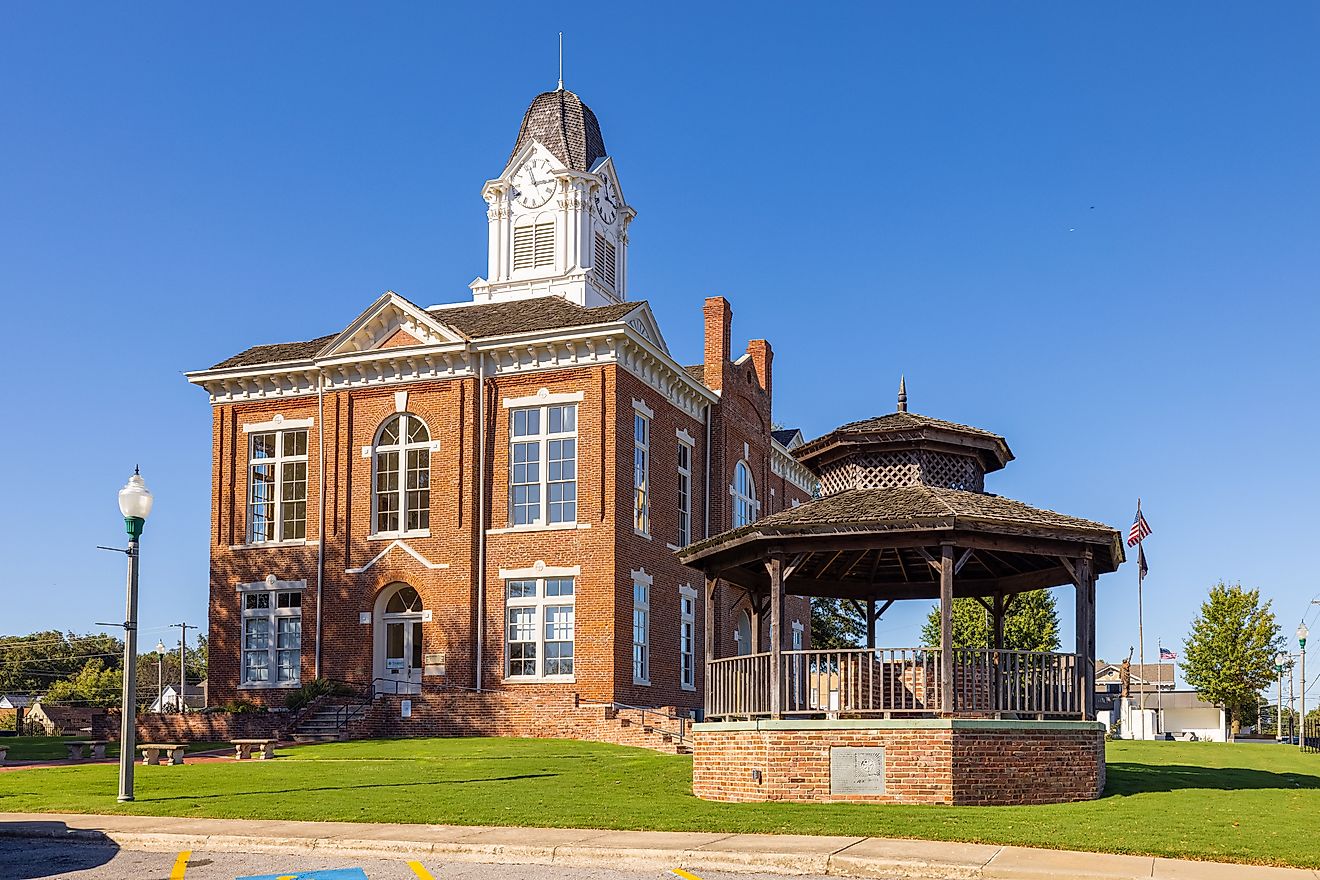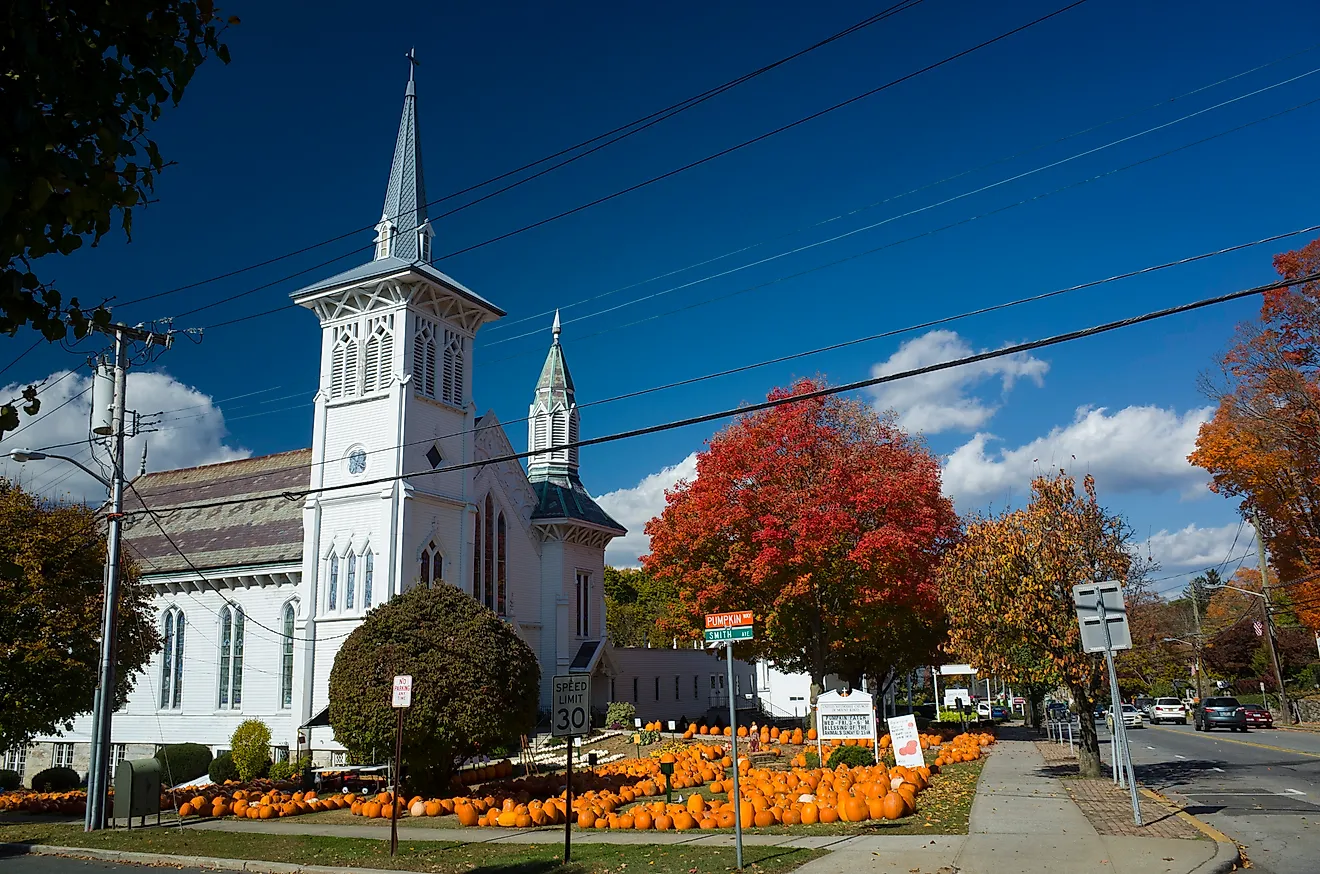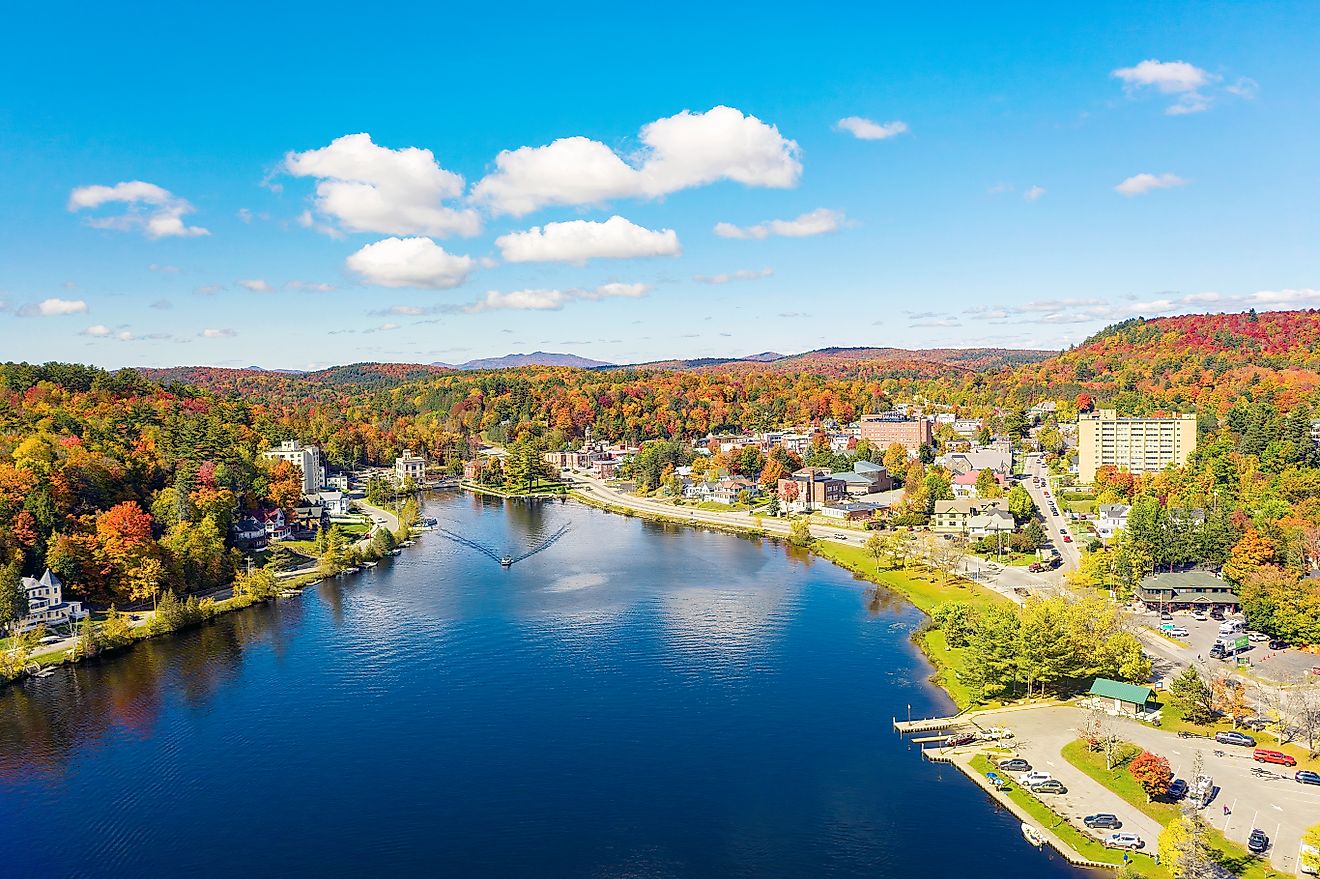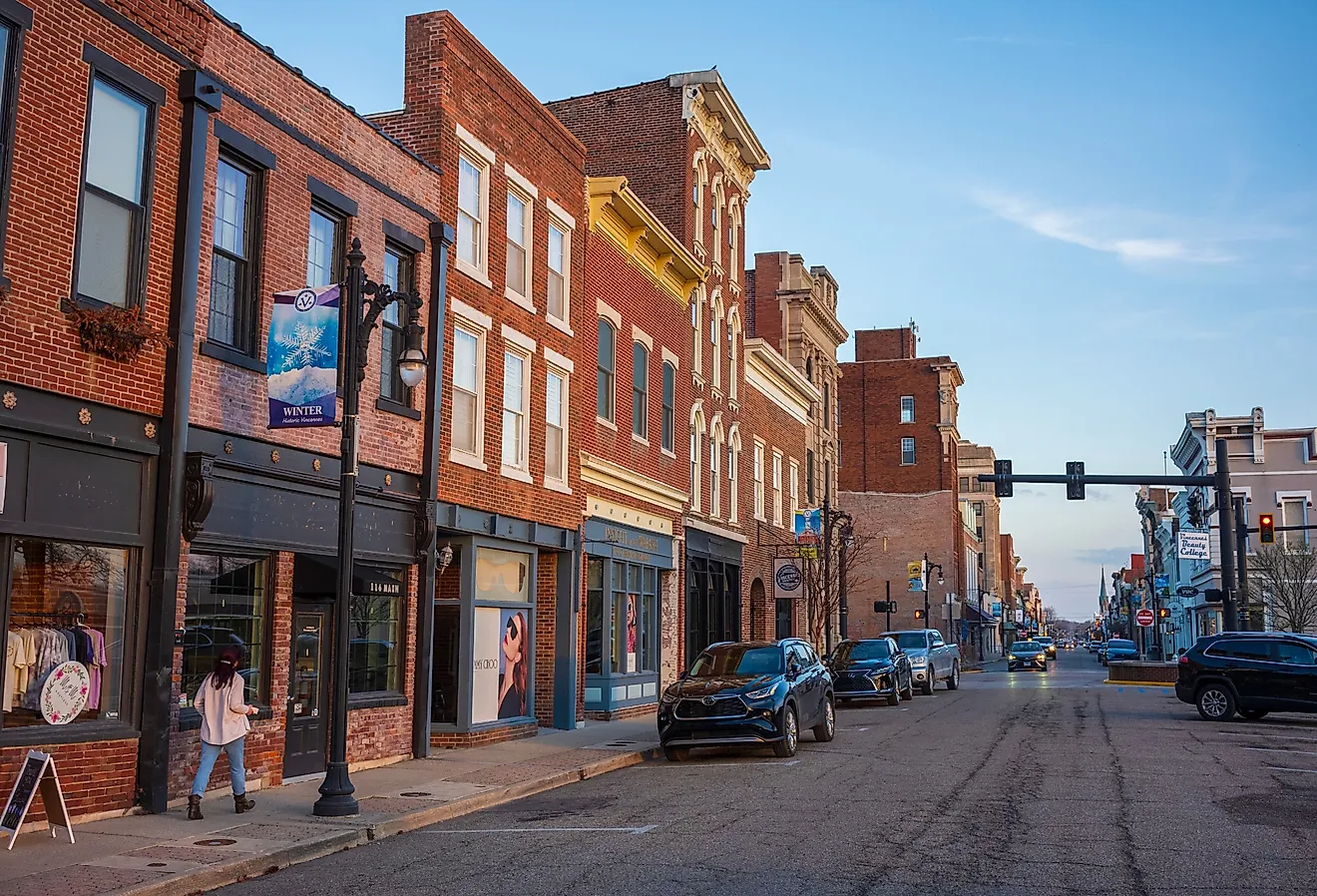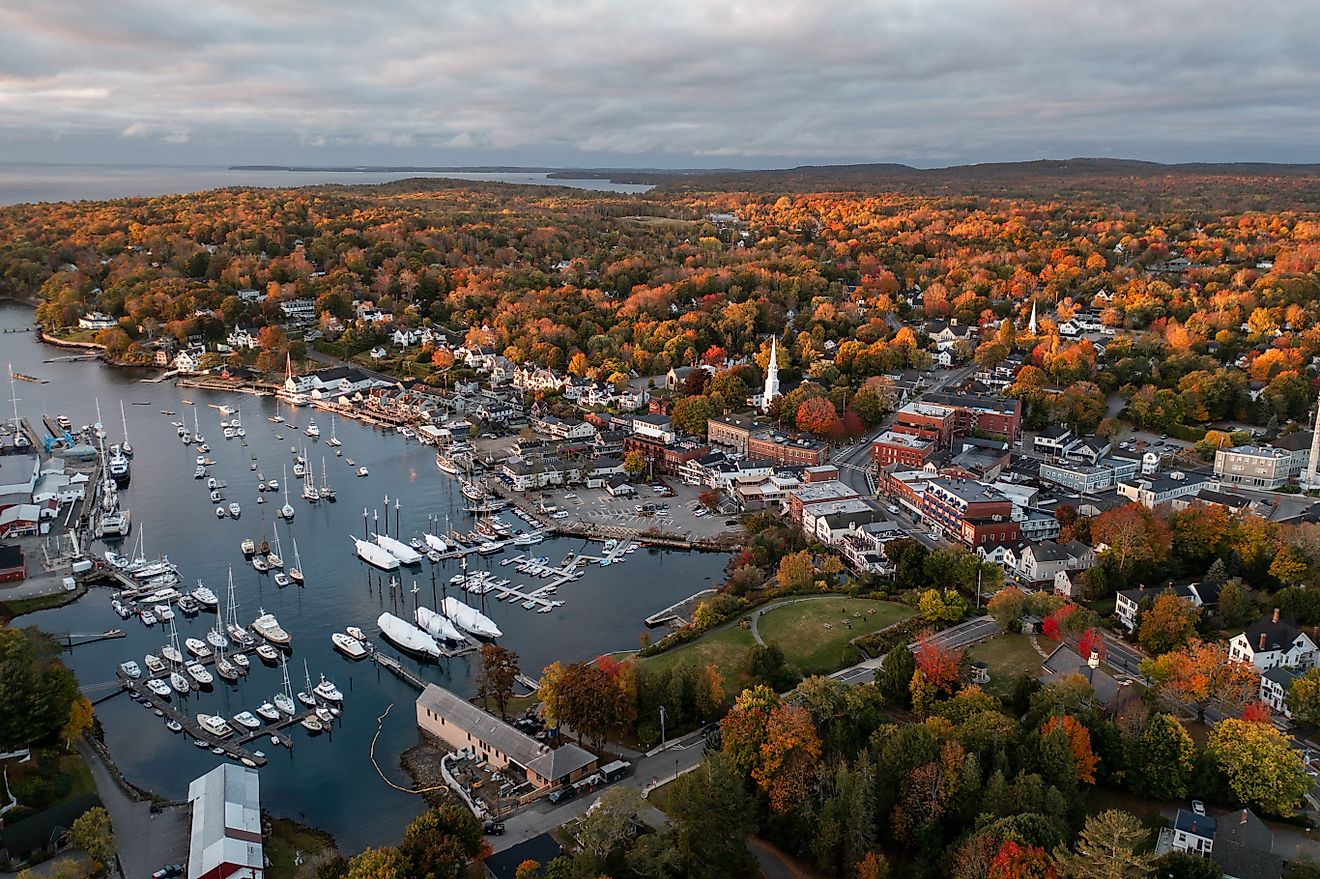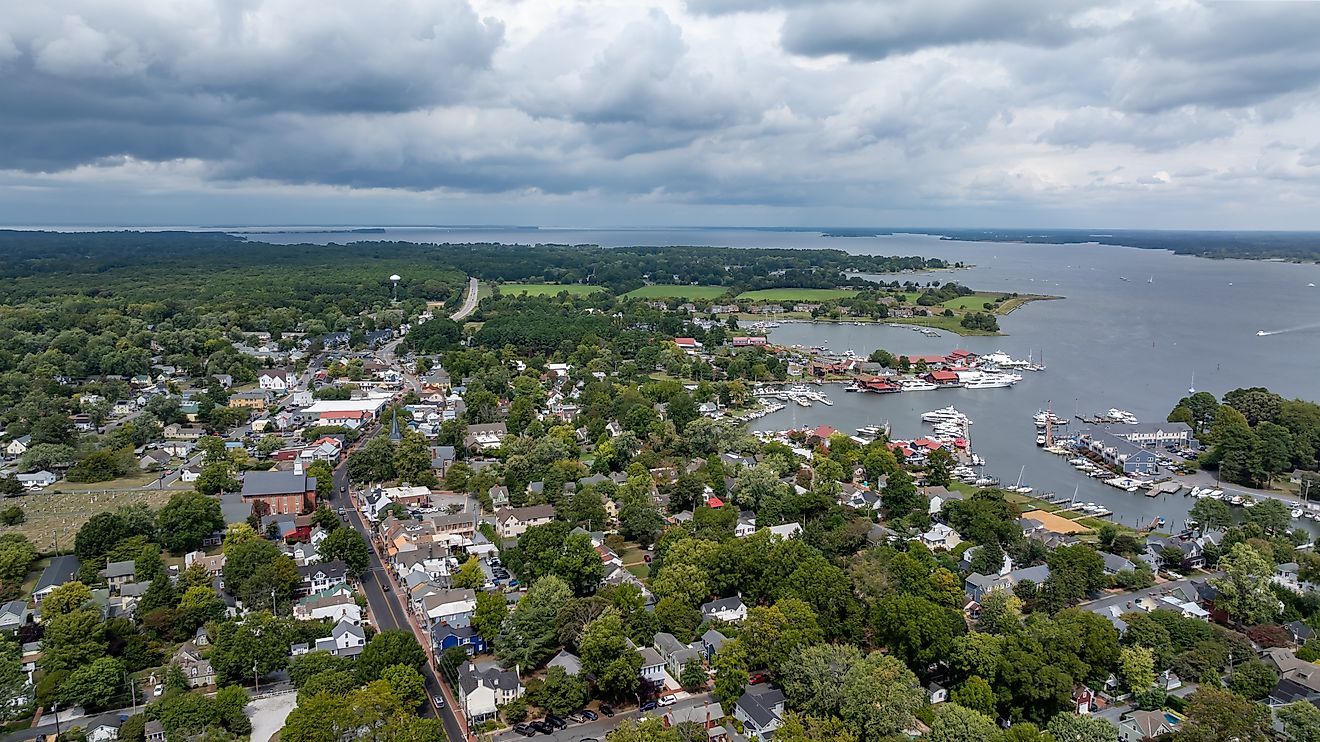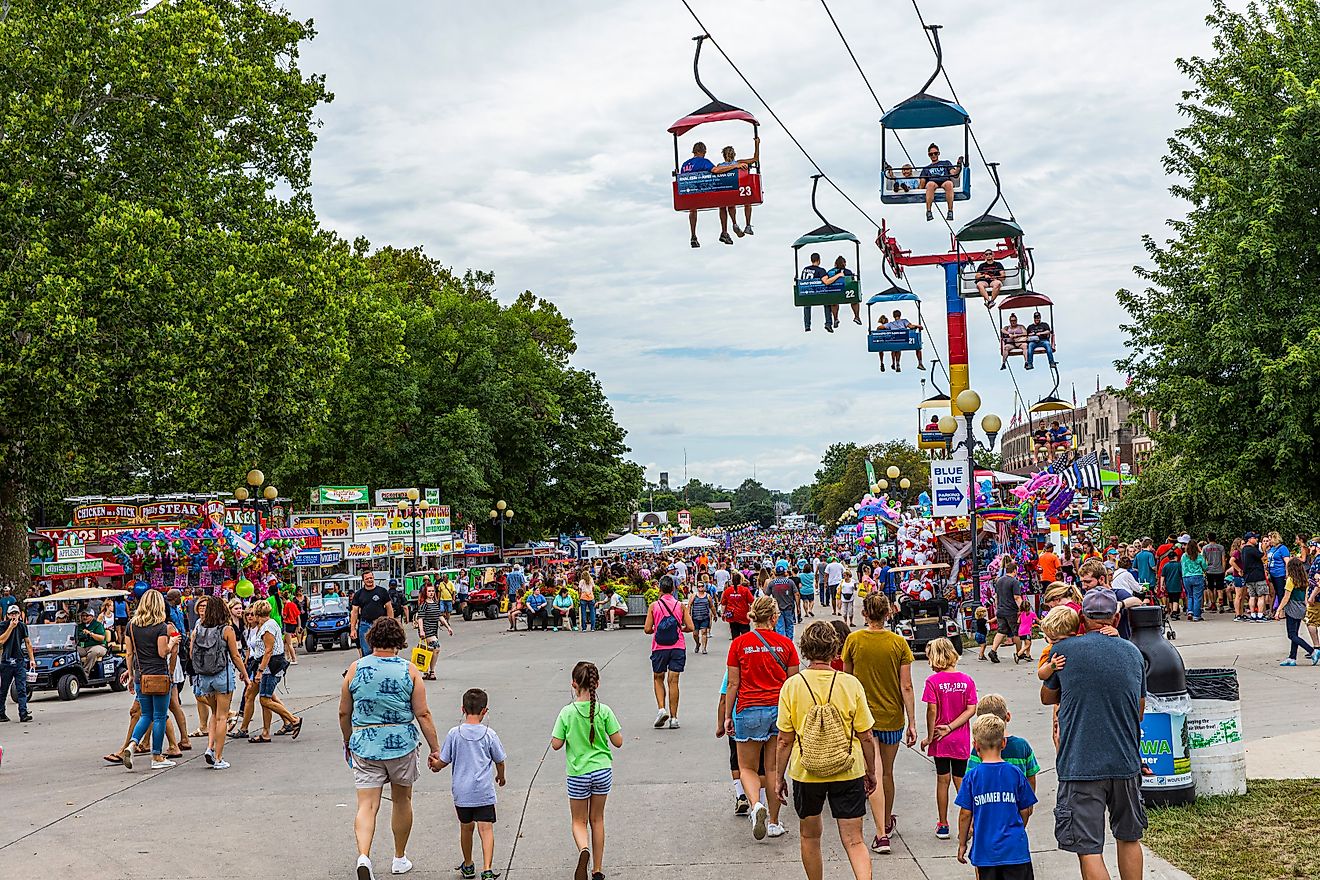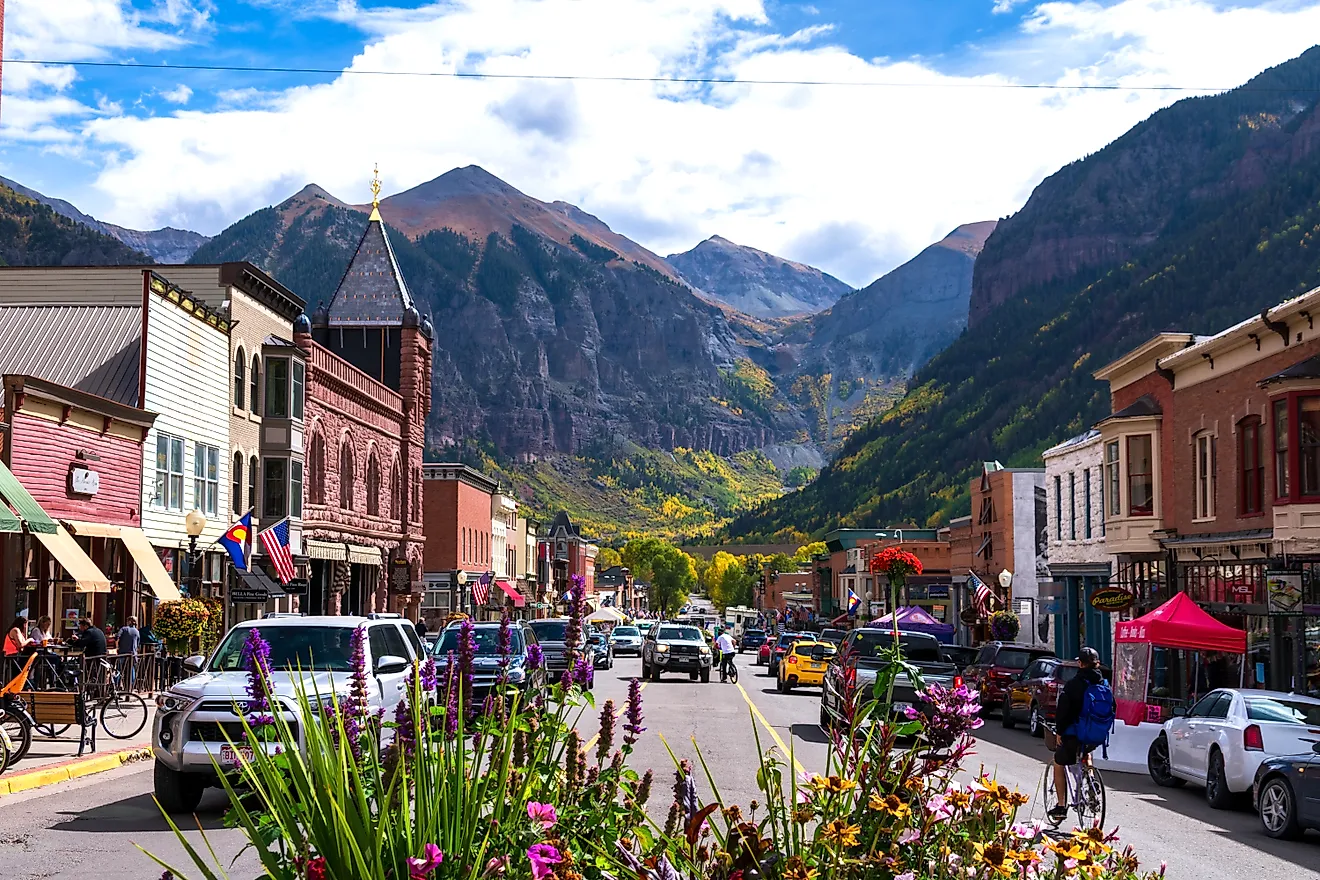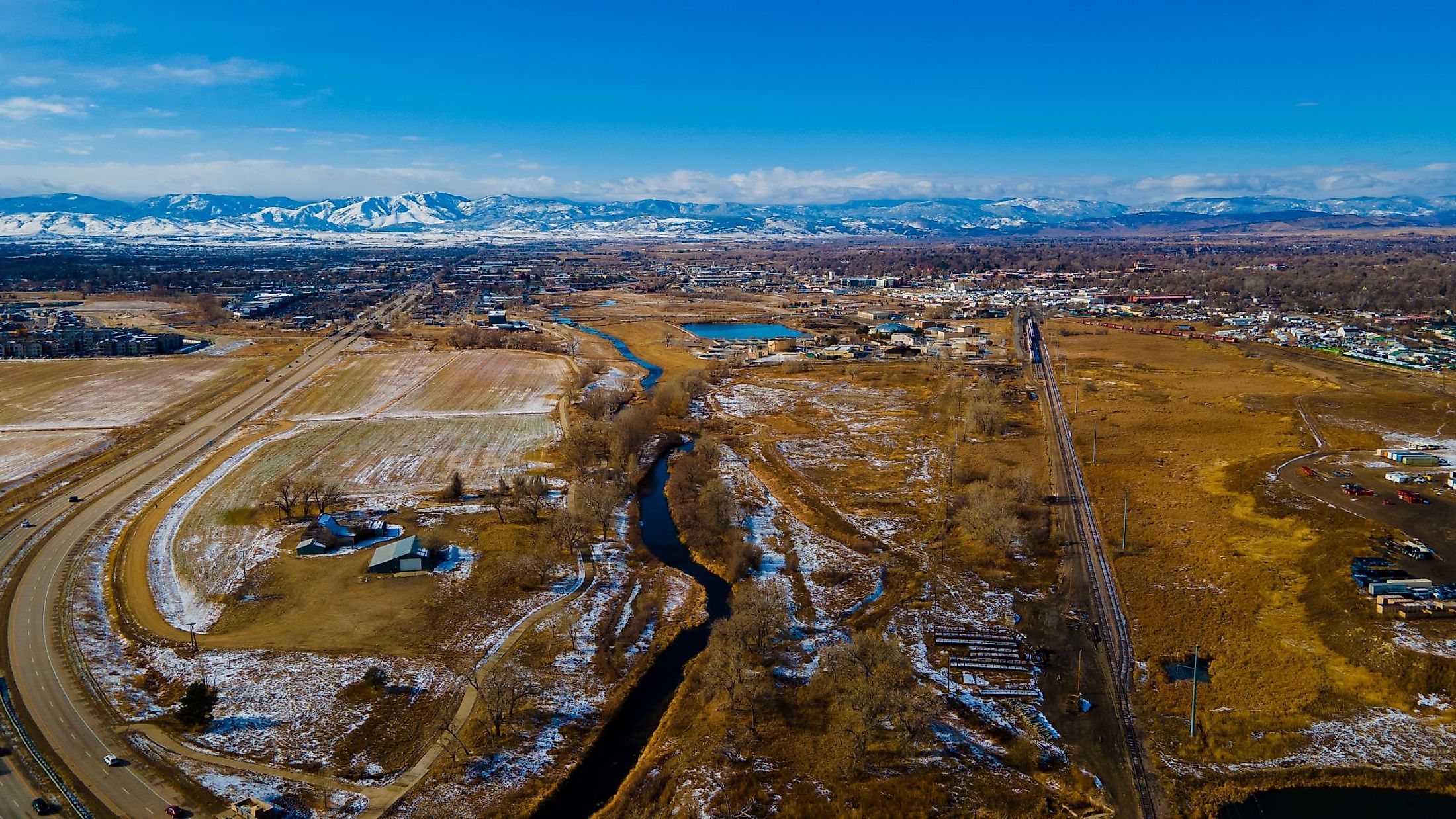
Longmont, Colorado
In Northern Colorado, Longmont offers epic views of colorful sunrises above the mighty Rocky Mountain range and painted skies for sunrise beyond the prairies. Visitors can experience a pulsating downtown core between these majestic events with Colorado's best microbreweries, dining, shopping, theatres, and music events. Longmont is a hub for thrill seekers – it is the hub for skydiving, backcountry skiing, and mountaineering enthusiasts.
Geography Of Longmont
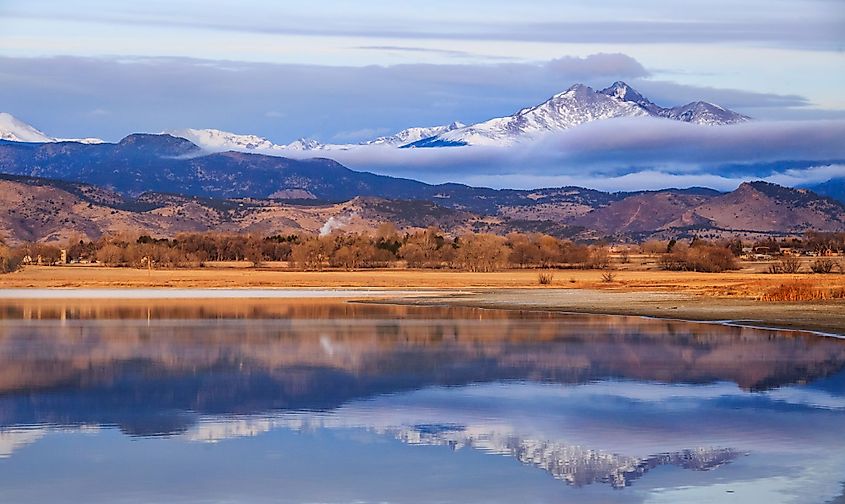
Established at the foothills of the Rockies – Longmont is a short drive from the grand Rocky Mountain National Park. Longmont sits mostly in Boulder County, Colorado, but Union Reservoir and the eastern portion of its industrial area lies in Weld County. Longmont has an elevation of 1,519 meters and spans 78.74 sq. kilometers. Just 25 kilometers southwest of Longmont, motorists can follow highway 119 and be in the city of Boulder. While traveling 58 kilometers south on Interstate 25, drivers will enter the Mile High City of Denver. Longmont is a relatively flat city with many lakes, ponds, rivers, and brooks laid out and crossing through the town. Almost 300 kilometers east of the city center, viewers can admire the bullet-riddled plaque of the Colorado-Kansas-Nebraskan Tri-State Marker.
Climate Of Longmont
The arid climate in Longmont creates sweltering and sunny summers, and winters can be long, snowy, and frigid. The contrast between daily highs and lows is drastic as the town sits over a kilometer above sea level. By June, the weather can reach the high twenties but drop quickly to 10˚C. The middle of July is the hottest time of year in the foothills of the Rockies, and temperatures can climb above 35˚C. The beginning of autumn can see warm temperatures – however, cold fronts might bring snow to the area earlier than locals would like. Snowfall becomes frequent from November until March when each month will receive 55 millimeters of snow. The coldest months are December and January, as they have the same models. The average low temperature is -7˚C, and highs are 7˚C, but it is possible to see below -15˚C and warm winter temperatures of 15˚C. As the snow tapers off in late April, the rainfall increases. In May, Longmont will see the most precipitation, with an average of 49 millimeters of rainfall. Although the weather changes are dramatic, the city will appreciate almost 250 sunny days annually.
History Of Longmont
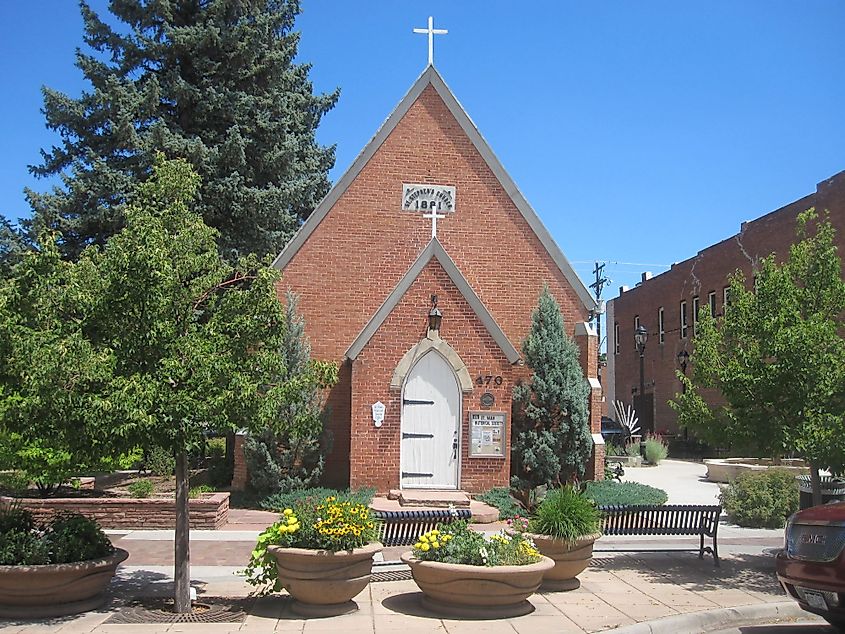
Multiple indigenous tribes have roamed the lands for hundreds of years where modern-day Longmont is located today – before encountering European explorers. Evidence illustrates that the first inhabitants of Colorado were the Arapaho, Cheyenne, Comanche, Dakota, and Kiowa tribes. The warm, dry climate made it the perfect place to settle in search of massive herds of buffalo throughout the prairies. Many European voyagers traveled to the Rocky Mountains searching for mining, trapping, and trading. In 1870, a group of businessmen wanted to start a new settlement in Colorado. They saved enough money to purchase 60,000 acres to construct a town and have farmland. They carefully planned the city and brought the building supplies and workforce. By the middle of 1871, near completion of the construction, they gave it the title of "Longmont" in honor of Longs Peak – which is visible on a clear day from the city. The well-planned town created irrigation canals to feed the rich Longmont soil, which produced excellent crop conditions. By 1881 the Denver, Longmont, and Northwestern Railroad Line opened, and the first trains arrived in Longmont. The quick trip connected Longmont to Canfield, and the journey took roughly 45 minutes one way. Throughout Longmont's history, the population only increased, and the city's economy was always strong – except for the devasting 1930s Great Depression.
Population And Economy Of Longmont
According to the latest US Census, Longmont's population had grown past the 100,000 threshold. The population in 2022 is 101,409 residents within the city limits and has seen a 2.55% increase since 2010. Most of the residents in Longmont are homeowners and live a satisfying lifestyle. The median household income is over $91,000, and the poverty rate is slightly over 8%. An average house costs roughly $400,000, and landlords charge nearly $1,400 per month. In Longmont, the mean age is 38.1 years old, while people who identify as males are 37.2 years and females are 39.5 years. In terms of ethnicity, the population comprises 86.4% white, 4.7% of Two or more races, 3.4% of other races, 1.2% African American, 0.90% Native American, and 0.13% Pacific Islander. Over 69% of residents contribute to the local labor force, resulting in an unemployment rate of 4.3%. Manufacturing, Healthcare, Social Services, and Retail Trade are the most prominent industries, while Utilities, Professional, Scientific and Technical Services, and Information are the highest paying industries.
Attractions In Longmont
Union Reservoir Nature Area
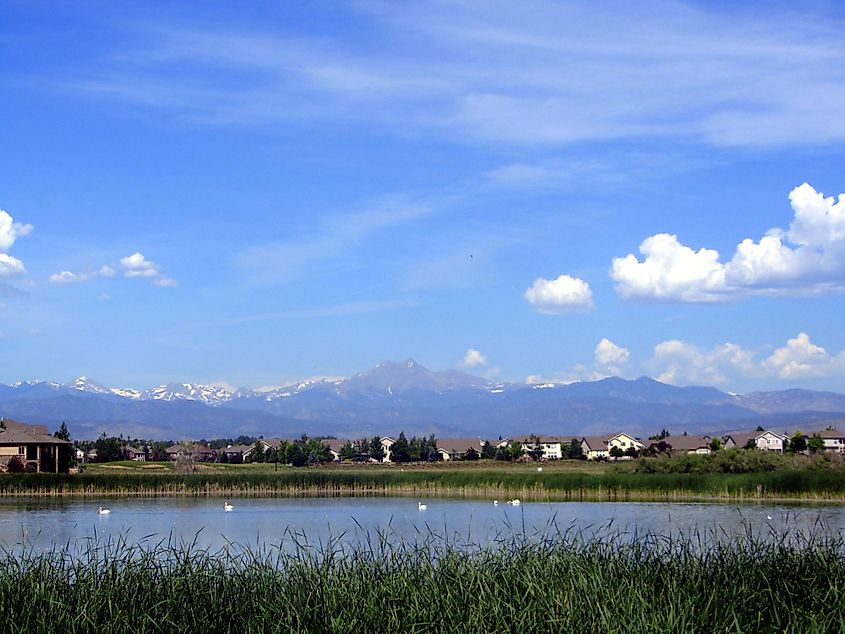
On the east side of Longmont, Union Reservoir spans 743 acres, and farmlands border the body of water. The reservoir was first known as Calkins Lake, as glaciers engraved their marks on the Earth during the last Ice Age. It is now home to a local paddleboard rental company and sailing club. The waters are open for public use as well.
City of Longmont Museum
The Museum opened its doors in 1940 to showcase its first set of collections. Over 60 years and many kinds of donations – the Museum's brand-new facility is 11,000 sq. feet with a 250-seat auditorium. The Longmont Museum is now home to over 17,000 artifacts and 10,000 photographs that display what life was like at the beginning of Longmont's time.
Old Mill Park
Old Mill Park includes the first buildings of the original settlement in Longmont. In 1976, the city of Longmont devoted the preservation of structures from 1871 to 1916 for educational and historical reasons. The heritage park is only open during the spring and summer months from 10:00 AM until 6:00 PM.
